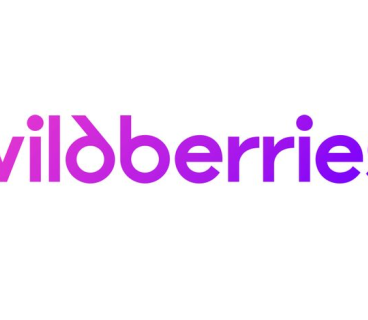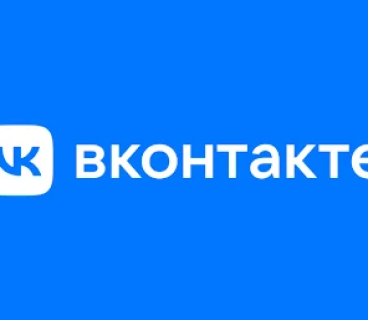The new Grammarly interface features a block-based structure, meaning that texts are no longer just a single page—they consist of different blocks. You can easily add tables, columns, headers, lists, and even use rich text blocks to highlight important information.
The artificial intelligence assistant in the sidebar can summarize text, answer questions, and provide useful suggestions to improve your writing.
Along with the new interface, Grammarly introduces several specialized AI tools:
- Reader Reactions: Allows you to get feedback on how your text might be received by a specific audience, such as a teacher, colleague, or manager.
- Grader: Provides feedback and grades your writing based on teacher guidelines and publicly available materials.
- Citation Finder: Helps you find sources and generate citations, which is especially useful for academic work.
- Paraphraser: Lets you adjust the tone of your text according to your preference.
Grammarly has also added tools to detect plagiarism and texts generated by artificial intelligence. While the platform acknowledges that these tools can sometimes make errors, it continually optimizes them to be the most accurate on the market.
Luke Behnke, Vice President at Grammarly, stated that the goal of these tools is to teach students to use artificial intelligence responsibly and prepare them for the workforce.
By combining tools that help students write with AI and tools that detect AI-generated content in a single platform, Grammarly aims to support the development of students’ writing skills.
The platform also plans to introduce more AI tools in the near future, made possible with the opportunities provided by $1 billion in new funding.







